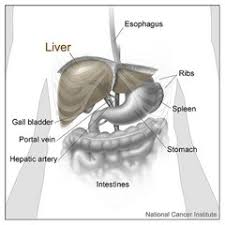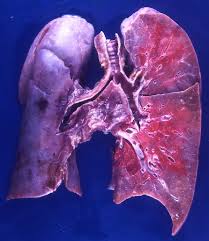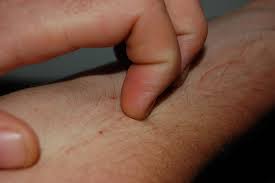
Any book that bears upon its title page the name of Dr. J.C. Burnett is certain to be interesting and instructive. To the obligation which he has conferred upon the medical profession by his good works, first, by curing people with peculiarly dexterous efficiency, and then telling us all about it in a style so luminous and entertaining, be now adds one more. And the best that can be said, and all that really need be said, is that it is just like him. Dr. Burnett affords an example, in his daily life and experience, of the good effects of mixing brains that mixes well with ordinary daily life. This was evidenced by his earlier works, such as “Diseases of the veins,” and in no measure less in this charning discourse on the liver and its disorders, It is rarely, indeed, that a medical writer has the peculiar lightness of touch, that play of the imagination, that deftness in the choice of words, which lift his work to the dignity of literature. Helmuth has it, Dunham had it, but how rare it is!
But charm of manner would be worse than useless in a scientific book if it were used to cloak vacuity of matter. Dr. Burnett, fortunately, is as full of good ideas as an English walnut is of good meat; and both are examples of the best use of opportunity. One of the evidences of this use of opportunity is that he is an omnivorous reader in Materia Medica. In the most unpromising waters, the canny fisherman may find fish; and Dr. Burnett fishes everywhere for ideas, and knows a useful one when it comes to the surface, from Paracelsus to Samuel Thompson, from Hahnemann to E.M. Hale. As is well known to those who are readers of his writings, he is an Organopathist as well as a Homoeopathist. As he himself puts it; “The cure of organ-diseases by organ-remedies is often called organopathy, and this it was that very largely constituted the practice of Paracelsus, and for which he was hounded to death. His success was so great that envy and hatred arose, and fiercely attacked him. There can be no doubt that Paracelsus was foully murdered by the hired servants of his fellow-practtioners; and oh! The number of medical tomtits that have thrown dirt on his memory all through the after-living generatious! For all that, his great genius flames still right above the horizon, lighting up the life-paths of such as have the power to see. It supplies light, but not eyes. I would remind those Homoeopathic practitioners who throw their little handfuls of dirt at Paracelsus that is was he- Paracelsus – who planted the acorn from which the mighty oak of Homoeopathy has grown. It was just as impossible for Paracelsus to work out a Homoeopathic equation on the purely scientific ground of drug physiology or provings as did Hahnemann, as it was impossible for the farmers in the time of Hahnemann to use the stram plough, i.e., it was not there to be used. I have long maintained that organopathy is clementary Homoeopathy that in the very nature of things, Homoeopathy necessarily includes organopathy. Paracelsus was an organopath, being thee founder of organopathy. I think it most likely that he picked up its elements and, its elementary principles on his travels, applied them in practice, and having made cures that have rarely been equaled, he systematized it. Personally I acknowledge my great indebtedness to Paracelsus (largely through Rademacher), with all gratitude. I am constantly and increasingly impressed with the importance of ascertaining the exact primary seat of any localized malady, and I have been driven to this by certain of my failures in purely sympttomatic treatment. To really and radically heal a disease, one must often dig down and find out where the fons et origo mali is, and to this end paracelsic organ-testing is of the very greatest service; indeed it often leads to the most important clinical discovery. And what may the most important clinical discovery be. That which nec dextrorsum nec sinistrorsum leads straight to the goal of every true physician –mastery over disease, i.e., its direct art-cure.” This seems to us like sound doctrine. At the same time we are not altogether in sympathy with the dosage Dr. Burnett seems to find useful. Five or ten drops of a tincture two or three times a day pro re nata may do no harm, but we have always been accustomed to think that a remedy which had to be given in palpable dosage was not as closely affiliated to the diseased conditions as some others might be; in other words that it was not the true Homoeopathic remedy. Possibly some of the cases, which yielded to a long continued use of a crude drug, might have recovered more speedily under the true Homoeopathic remedy? Dear Burnett, you do tell your story so persuasively that it seems unfraternal to cast even a we shadow on your methods, but the similimum does act in infinitesimalness, surely, quickly, and completely.
Those who desire to know how Dr. Burnett cures catarrhal inflammation of the gall-ducts, dissolves gall-stones in the gall-bladder, reduces hypertrophies of the liver, removes liver patches on the skin, stira up lazy livers to normal activity, cures cancer of that viscus, and does many other truly wonderful things may send to Mr. Boericke for the book; we shan’t tell them here, for Mr. Boericke deserves his commission for priuting and binding it so handsomely. Besides, here is somethig else we want to talk about –Homoeopathic Journal of obstetrics.





